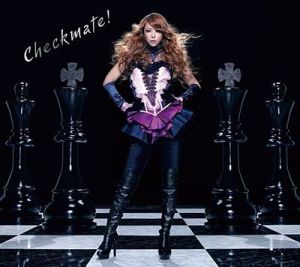Here in the U.S., it seems like there can only be one highly successful female rapper at a time — now Nicki Minaj (and hence the “Eve wants Lil Kim to settle her beef with Nicki”). But in Korea, mostly as part of pop groups, but also as individual artists, there are several popular female MCs.
For example, CL from 2ne1 (rapping above — self-proclaimed “baddest female”), HyunA from 4Minute (formerly from Wonder Girls), Yubin from Wonder Girls, Miryo from Brown Eyed Girls, and Amber from f(x) all are known as rappers within their girl groups. In addition, Tasha (AKA T, Yoon MiRae) has been a very successful rap solo artist. And as shown in the video below from an awards show, including a performance of Tasha’s Pay Day, they can share the stage.
And what is the reason for the lack of Highlander-ish “there can only be one” female rapper at the top of her game in Korea? Perhaps a large thanks goes to the highly manufactured aspect of most Korean pop. Because groups are put together by labels, usually after years of training, as long as having rappers in groups sells, then they will continue to be added to groups. And considering present Korean pop music seems to be very international pop with a light R&B twist plus rap, this likely won’t change.
But it is also because their styles vary — ranging from the gritty underground sound of Tasha, to the very pop-friendly raps from Yubin and HyunA, to the barely recognizable as rap from …, well, I’m just not going to name them. Another major influence is the U.S., where many Korean musical artists have lived for a while, and brought back these influences.
So if you haven’t already started listening to Kpop and Korean rap, you should consider it.
—
In this post, I’ve decided to mostly include live performance videos to show this isn’t studio-crafted perfection — these are all excellent live performers.

